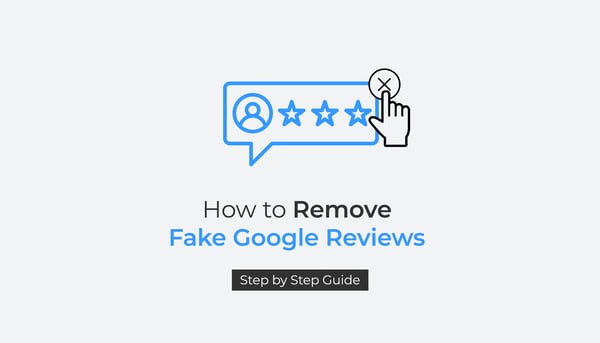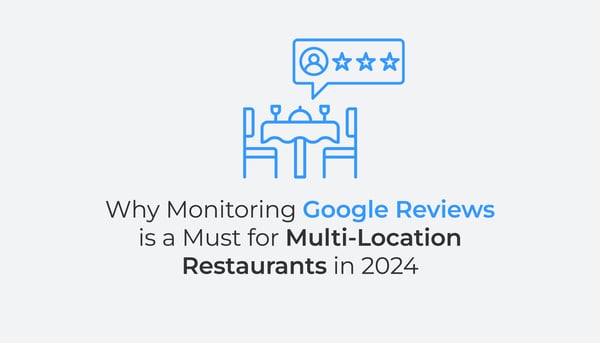Whether you check your business’s online reviews daily or haven’t even bothered to claim your Google listing, one thing is for sure - potential customers are reading what others are saying about your business online. The truth is, 57 percent of the consumers will only use a business if it has four or more stars, which means that positive reviews are a powerful way to drive more customers to your business.
Every business makes mistakes: a package doesn't arrive on time, you get the wrong dish at a restaurant, or someone on the staff comes across as rude or clueless. Whether your bad reviews are fair or not is less important than the fact that they hurt your online image. And while you can't change what someone says about you, you can decide how to react.
So, how can we get a customer to edit a negative review?
Your company wakes up with a negative review - and the possibility of a permanently lost customer. Marketing wisdom tells us that it’s more costly to acquire a new customer than to keep an existing one happy. The following stats tells the story of why you want to do all you can to get the customer to edit a bad review:
-
73.8 percent of customers are either likely or extremely likely to continue doing business with a brand that resolves their complaints. — GatherUp
-
79% of U.S. adult Internet users check online reviews before they make a purchase or visit a business. — YouGov
Worse of all, the review only tells one side of the story, leaving you, the (hopefully) innocent company owner, to deal with the fallout. The best thing you can do with these bad reviews is to face them head-on. This could also show possible customers that the bad thing they read about online isn't something that happens very often. Even better, the customer is much more likely to change their bad review into a positive one. This happens more often than you might think.

In the example above, we can see that the owner's response follows the general pattern of turning negative reviews into good ones:
√ Reach - The customer reaches out with their negative experience on review platforms such as Google or TripAdvisor.
√ Remedy - Some type of fix occurs, either from intervention on the part of the brand, a second positive experience outweighing an initial negative one, or maybe the consumer self-correcting their own misunderstanding.
√ Repair - Because of the fix, the customer who was unhappy is now happy again. Hopefully, they'll be ready to do business with the brand again, and the brand's image will be fixed by an edited review that shows better satisfaction.
In the above case, we can't see how the owner's answer turned out. But the owner was very professional online, which, if all goes well, should help them trust them again. And by reacting to this review, the owner shows other potential customers that they are willing to address and solve problems.
To Sum Up
An initial negative review doesn't have to be set in stone. The industry term “negative” reviews can be misleading, causing unnecessary fear for local brands and their marketers. Instead, we should see it as “reviews-in-progress”. So, instead of seeing a “negative” reviews as the end of your local business - face the reality. Someone trusted your business and was disappointed. Now it’s your time to earn that trust back.
How to respond to negative reviews:
- √ Apologize
- √ Offer an explanation
- √ Provide an immediate resolution
- √ Don’t follow a script - be personal in your response
And remember!
Once you dealt with the situation appropriately, use negative reviews as a learning experience. If you consistently receive negative reviews of some sort - something’s wrong. Consider it free market research!
Reviewed: August 11, 2023


